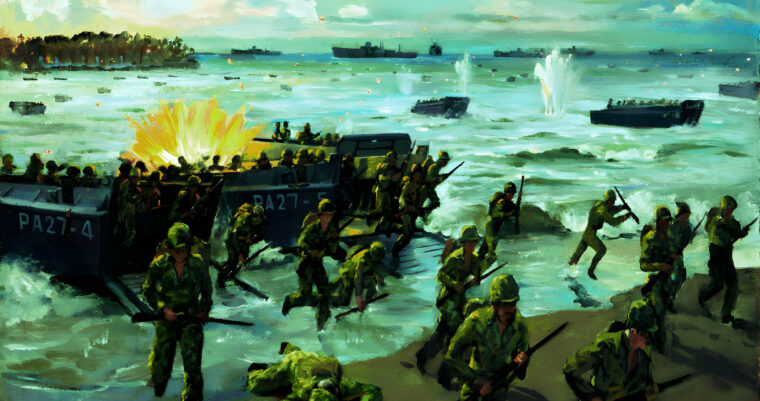
Pearl Harbor
The Battle of Saipan
By Al HemingwayPeering through his binoculars, Vice Adm. Chuichi Nagumo was in awe of the nearly 800 ships from Vice Adm. Read more
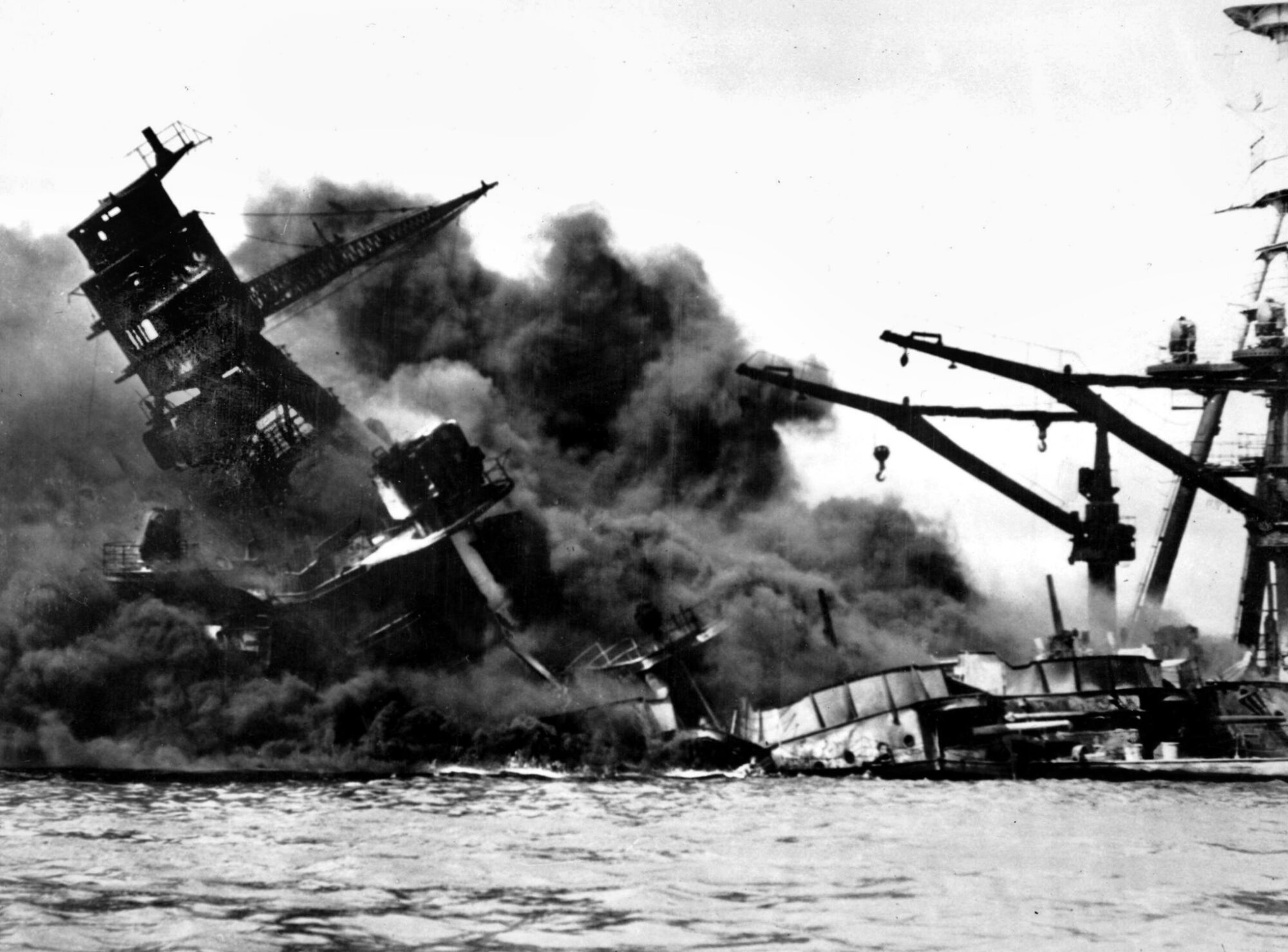
The attack on Pearl Harbor and other U.S. military installations on the island of Oahu, territory of Hawaii, Sunday, December 7, 1941, plunged the United States into World War II. The Pearl Harbor anchorage of the U.S. Navy’s Pacific Fleet was attacked by two waves of Japanese planes flying from aircraft carriers more than 200 miles north of Hawaii. Eight battleships of the Pacific Fleet, as well as numerous other ships, were sunk or damaged, and 2,403 American lives were lost. Pearl Harbor has become an enduring symbol of American resolve in the wake of the surprise air raid. President Franklin Roosevelt called the date of the Pearl Harbor attack one that would “live in infamy.”

Pearl Harbor
Peering through his binoculars, Vice Adm. Chuichi Nagumo was in awe of the nearly 800 ships from Vice Adm. Read more
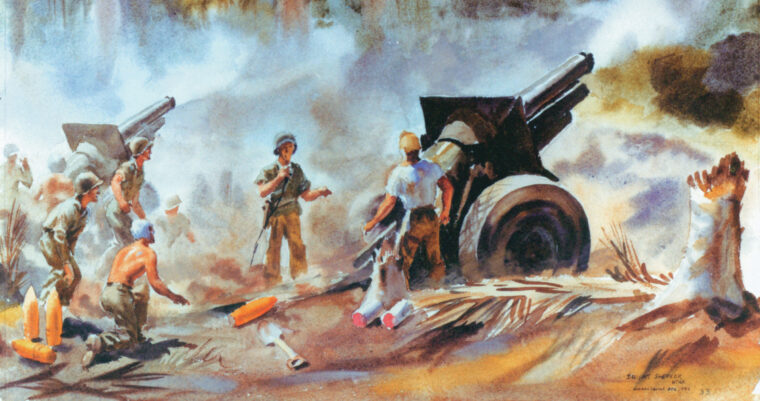
Pearl Harbor
Crouched in their foxholes along Edson’s Ridge on Guadalcanal in the Solomon Islands, the Marines formed a critical but thin defense line between strategic Henderson Field and seasoned Japanese infantry lurking in the jungle. Read more
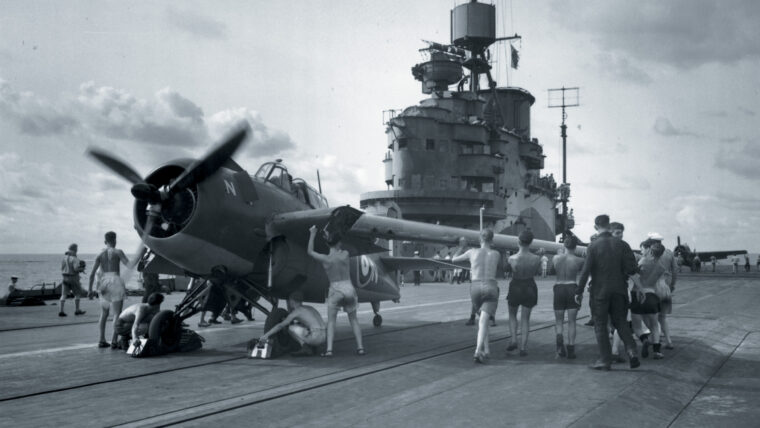
Pearl Harbor
When one thinks of carrier warfare in World War II, the Japanese and U.S. navies usually come to mind. Read more
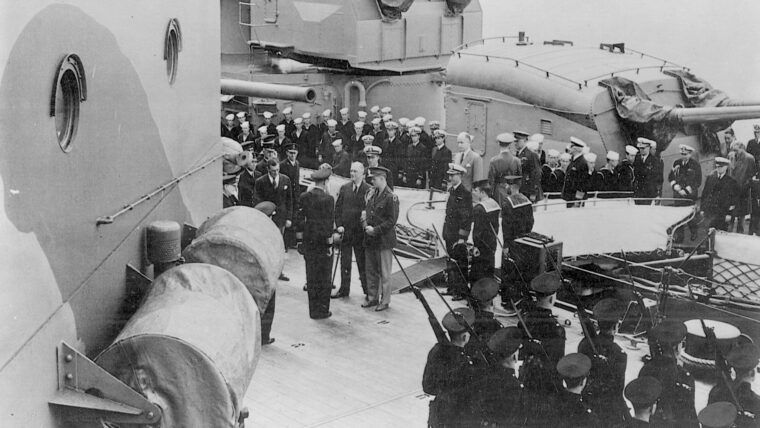
Pearl Harbor
Still stunned by the sneak Japanese onslaught on the Pacific Fleet at Pearl Harbor, American families tried to summon up their Christmas spirit in December 1941. Read more
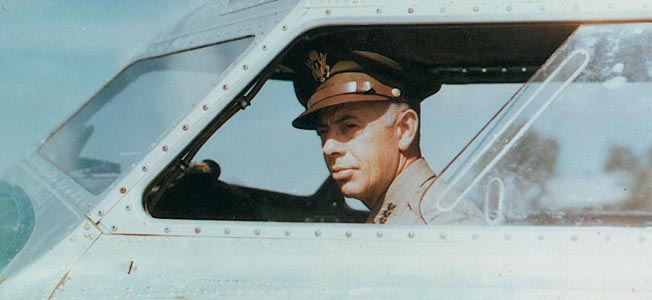
Pearl Harbor
Although the Japanese attack on Pearl Harbor was the event that served to galvanize America to fight World War II, President Franklin Roosevelt and his military advisers had pervasively decided that defeating the Japanese would be secondary to destroying the Nazi war machine in Europe. Read more
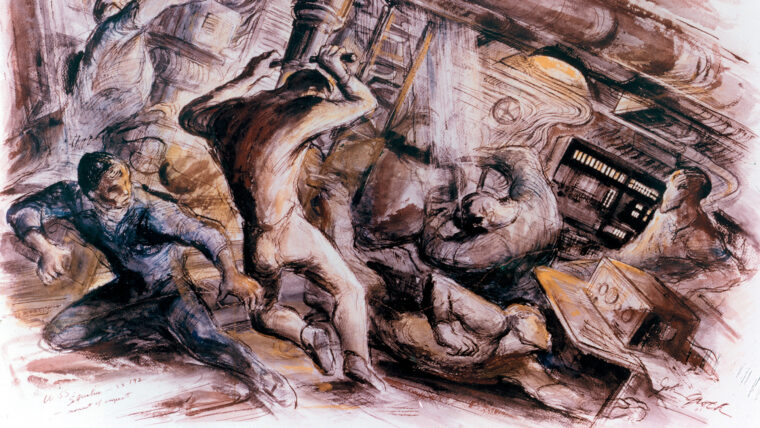
Pearl Harbor
On September 14, 1938, fleet submarine USS Squalus (SS-192) was launched at the Portsmouth Naval Shipyard in Kittery, Maine. Read more
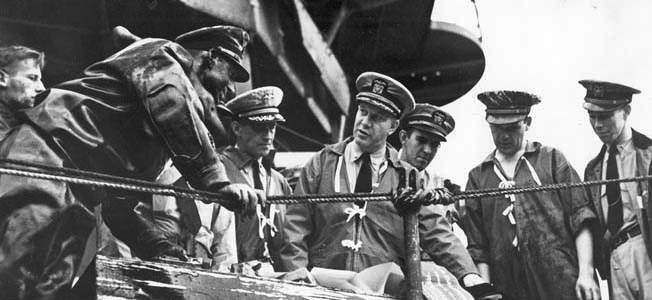
Pearl Harbor
The Pearl Harbor aftermath presented the U.S. Navy with a sobering question: how to recover? More than 2,000 men had died. Read more
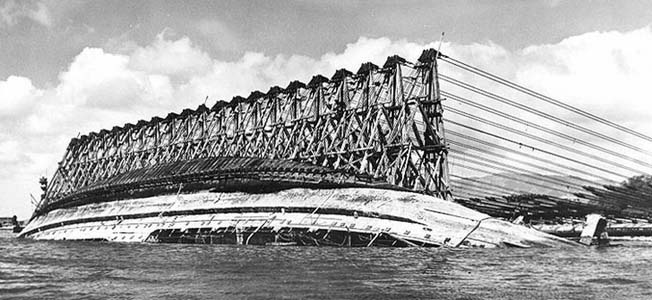
Pearl Harbor
During the Pearl Harbor attack, both Utah and Oklahoma capsized after suffering multiple torpedo hits. Utah had been converted to a training ship, and to the Japanese pilots, her modified deck resembled that of an aircraft carrier. Read more
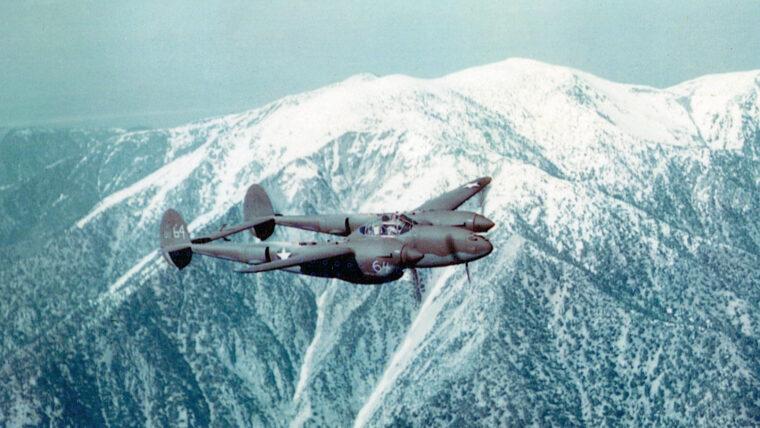
Pearl Harbor
Due largely to their use in the postwar U.S. Army Air Forces and present proliferation among the air show community, the North American P-51 Mustang is thought of by many as the most important American fighter of World War II. Read more
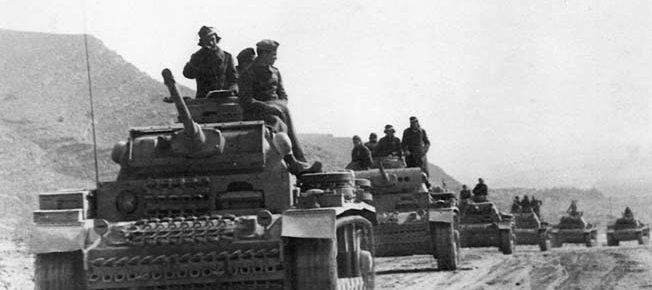
Pearl Harbor
The Allied decision to invade North Africa, codenamed Operation Torch, was reached in the summer of 1942 after lengthy—and sometimes bitter—arguments between interested parties. Read more
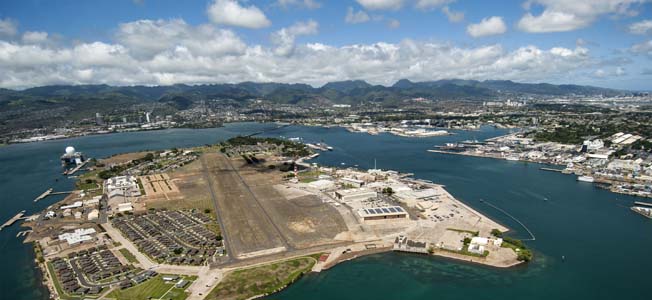
Pearl Harbor
The Japanese torpedo bombers came in dangerously low to launch their torpedoes at the battleships on the east side of Ford Island at 8 AM on the morning of December 7, 1941. Read more
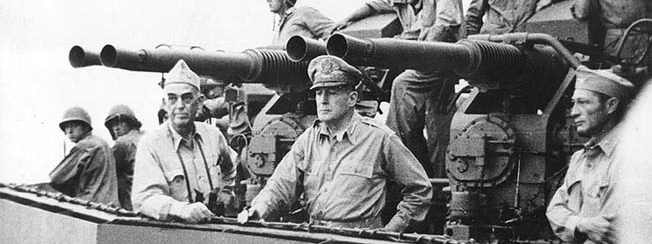
Pearl Harbor
The USS Phoenix fought under two flags during her 44-year career. She gained initial prominence as a United States ship during World War II and concluded her career as an Argentinian combat casualty in the Falklands War of 1982. Read more
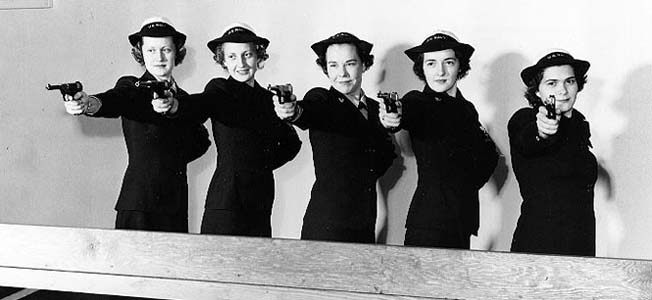
Pearl Harbor
Until the Japanese attack on Pearl Harbor in December 1941, America had maintained a popular non-interventionist position with World War 2. Read more
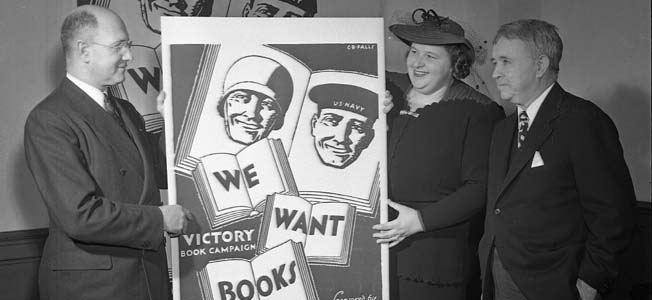
Pearl Harbor
The American forces serving in World War II were composed primarily of citizen soldiers—people who had no notion of going to war until Pearl Harbor was attacked. Read more
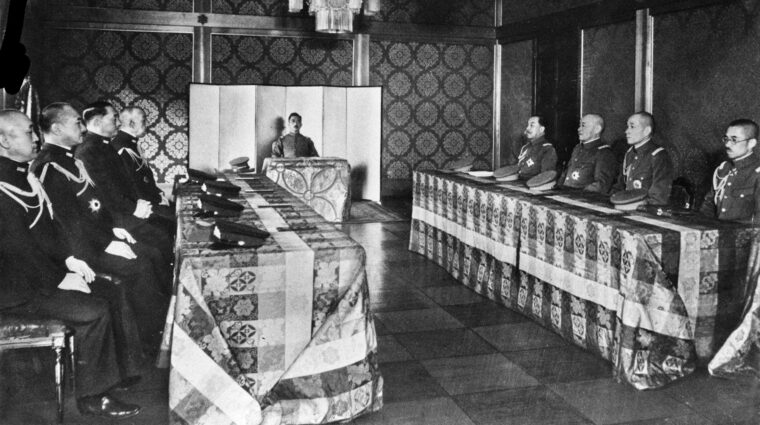
Pearl Harbor
One morning in early January 1882, Japan took its first unknowing step toward eventual world war. On that day Mutsuhito, the emperor of Japan, handed a document known as the Imperial Rescript to Soldiers and Sailors to Army Minister, Oyama Iwao. Read more
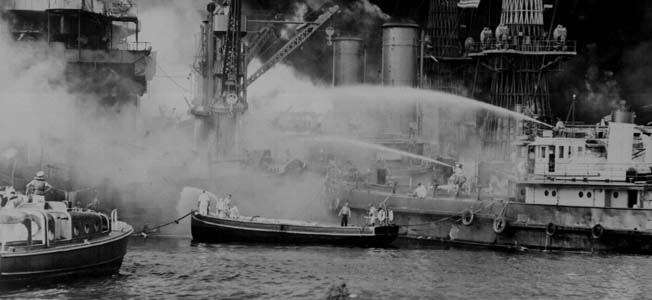
Pearl Harbor
During the Japanese attack on Pearl Harbor on December 7, 1941 the primary target was Battleship Row. These capital ships had to suffice since the American carriers were away. Read more
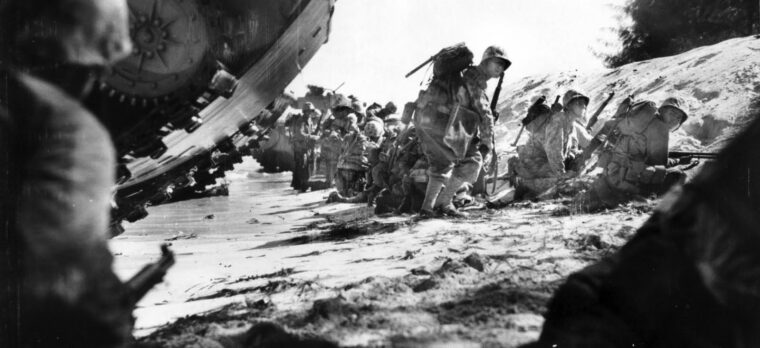
Pearl Harbor
Many vestiges of World War II in the Pacific linger, denying the ravages of time.
The battleship USS Missouri, where the war ended nearly 70 years ago, remains as a floating monument and museum at Pearl Harbor in Hawaii. Read more

Pearl Harbor
The age of the sailing warships lasted less than three hundred years, beginning roughly with the battle of the Spanish armada against the English fleet under Howard and Drake in 1588, and ending at the Battle of Navarrino in 1827, the last major naval engagement fought completely under canvas. Read more